In the heart of western Japan, nestled between the popular tourist spots of Himeji and Hiroshima, lies Okayama. This small prefecture is largely rural, consisting of stunning natural scenery as well as historic castles and gardens, but it is also Japan’s industrial powerhouse for denim.
Known as the birthplace of Japanese jeans, Okayama Prefecture boasts thousands of artisans with expertise in denim. More than 100 denim fabric and jeans product companies form one of the biggest production areas in Japan. There are many apparel companies and trading companies in large metropolitan areas such as Tokyo and Osaka. And a lot of them use Okayama denim either as a fabric or in some other kind of way
There are jeans everywhere in stations and on streets. Officials of the prefectural government wear denim products on October 26 for “Denim Day” in order to do promote denim products as much as possible.
Okayama Prefecture's denim industry area is located in the west, as well as Tsuyama City in the north and Kurashiki City in the south. Ibara City is also an area where denim fabric production is thriving.
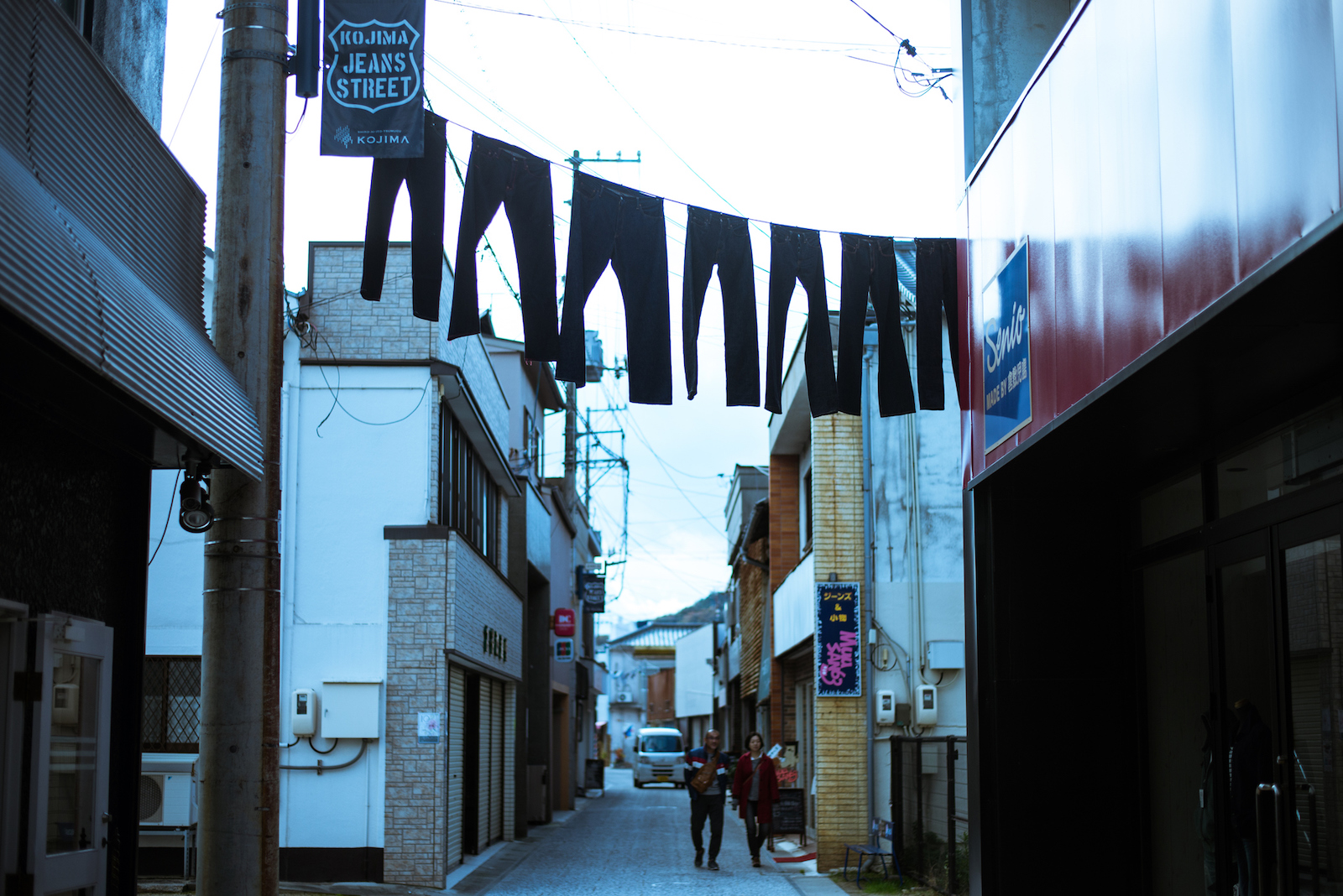
400-year history of denim production
Okayama developed as a production center for cotton fabrics, with cotton and indigo dyeing beginning around 1600. Later, in the 1900s, techniques and equipment for sewing thick items such as tabi and school uniforms were accumulated, and in 1965, Japan's first domestic jeans were produced. Many companies gathered from all industries, such as dyeing, weaving, sewing, and washing, and a small professional group specialized in each field of expertise established a division of labor system.
Okayama’s nickname, “The Land of Sunshine,” is a nod to the reason the prefecture has flourished in the production of high-quality denim: Okayama has low annual precipitation compared to other parts of Japan.
In the 18th century, swathes of land across Japan were being developed as new rice fields, but Okayama didn’t get sufficient rainfall to support rice cultivation. Moreover, previously reclaimed land, such as the Kojima area on the coast, had large amounts of salt residue that made it unsuitable.
What the land could grow well, however, was cotton and the area began to thrive as a production center for the high-quality material. Soon, local people began to use the cotton to make sanada-himo (cloth cords used to wrap sword handles) and tabi (split-toe socks) before working up to Hakama skirts as well as Korean and Chinese clothing items to be sold overseas.
After World War II, Okayama became a production hub for school uniforms, which were distributed throughout Japan. The move allowed local artisans to gain experience in sewing machine technology and the use of heavy raw materials. Combined with their existing expertise in indigo dyeing and intricate sewing, they were able to move successfully into denim production in the 1960s, when jeans first became popular in Japan.

From denim fabric to jeans
After the denim fabric in manufactured, it is dyed and woven. The finished fabric is then sewn, processed, washed, and finished with an iron. No one company does all these processes. The denim industry is a completely divided system -- dyeing, weaving, washing and processing - various companies specialize in their fields. It’s a community approach to business that has itself proved a strong selling point for consumers. They collaborate and compete with each other to improve their skills and techniques, thus producing high-quality products that are among the country’s most well-loved and respected denim brands. For example, a denim item with a made-in-Kojima label is synonymous with superior quality and high fashion .
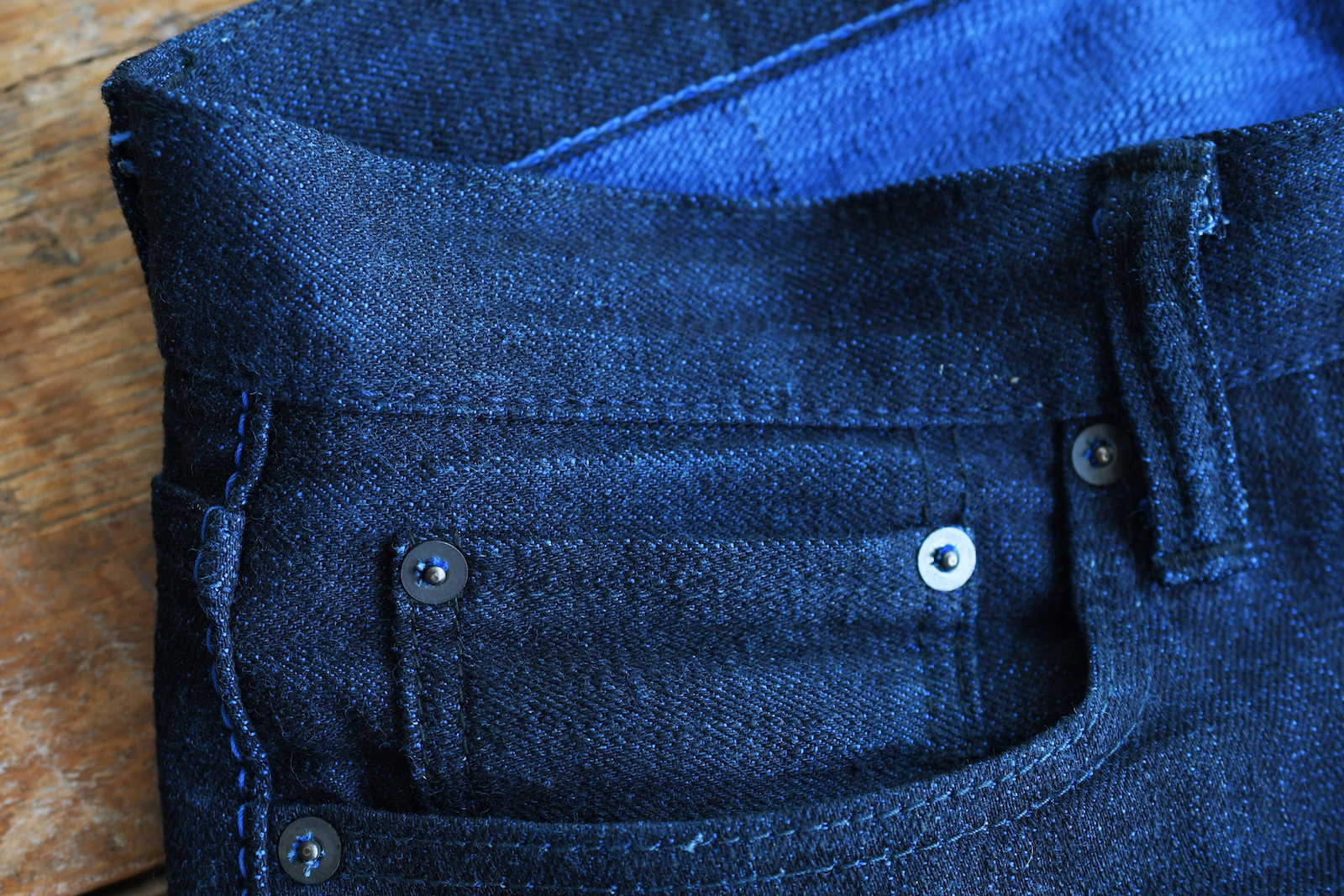
There are about 10 companies in Kojima alone that specialize in processing jeans. Some of them carry out up to 30 individual processes, more than three times that of competitors. For example, the denim is washed not only to make it softer, but also more comfortable and to tailor its shade. Some manufacturers have developed denim whose dark blue color will fade slowly to reveal wefts of various colors, such as pink, underneath. Each manufacturing process is highly specialized and carried out by skilled artisans who continue to hunger for innovation while maintaining the Okayama denim reputation.
The result is unique, innovative, vintage-inspired denim of exceptional quality, durability, and comfort. Simply strolling along Kojima Jeans Street in Okayama shows the array of beautiful denim being produced in the prefecture by respected brands.
Praised by buyers from all over the world
Okayama's high-quality denim made by professional craftsmen is praised not only in Japan but also all around the world for its beautiful coloring and handling. Therefore, world famous brands such as Gucci, Dior, Chanel, and others use Okayama denim. It is used not just for casual wear, but for furniture, shoes and car seats, and has vast potential.
You can find them in Tokyo too!
Amazing news - you are also able to get Okayama denim in Tokyo. Tottori Okayama Shimbashikan near Shimbashi Station has a stunning selection of the best denim Okayama Prefecture has to offer from several brands - Uchida Housei, Denim Closet, Kojima Denim, Gp Seisakujo, Betty Smith and Kurashikiya, to name a few.

Denim for a souvenir? Why not?
Here are some of the products we found. Why not bring Japanese high-quality denim to your loved ones back home? These stylish denim products are sustainable and will always remind you of your time in Japan.

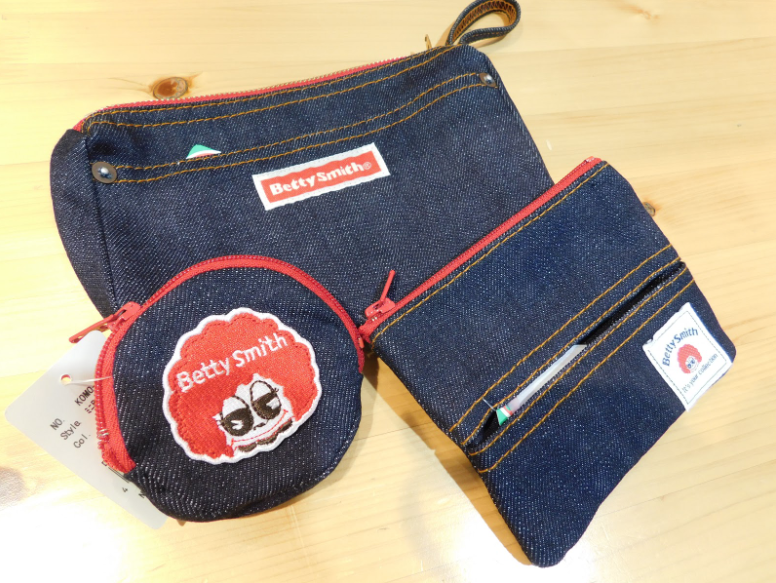
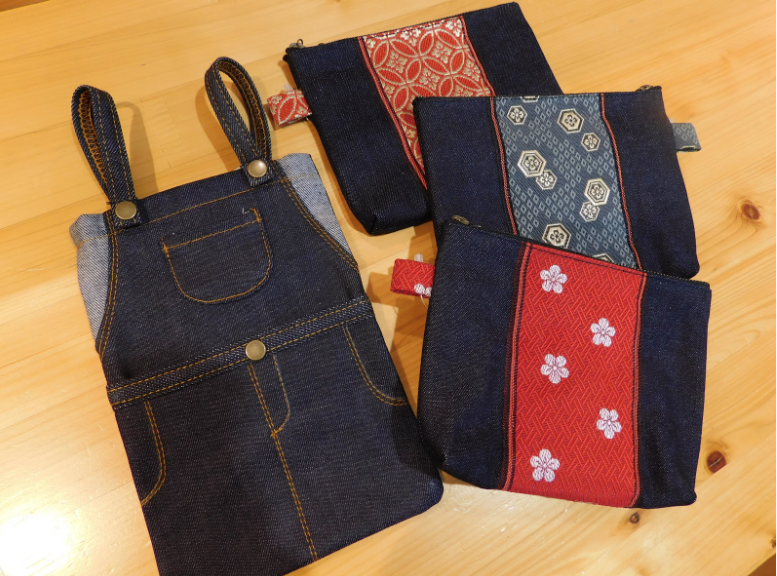
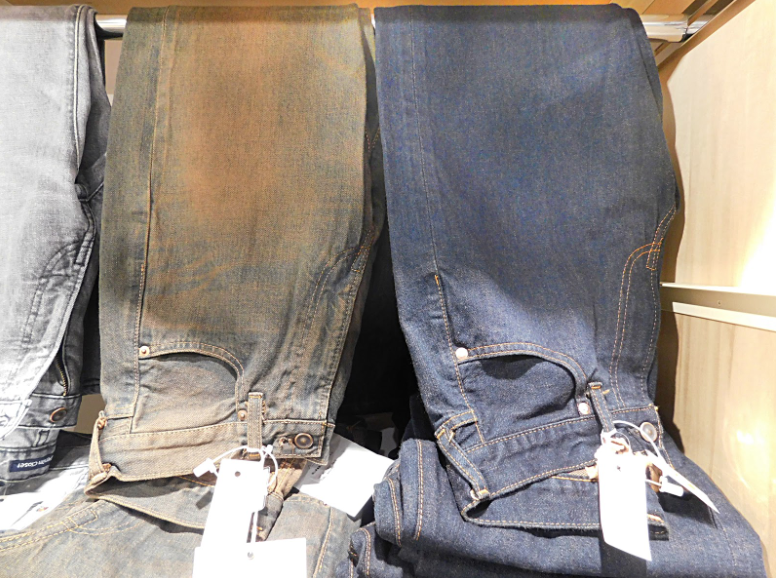

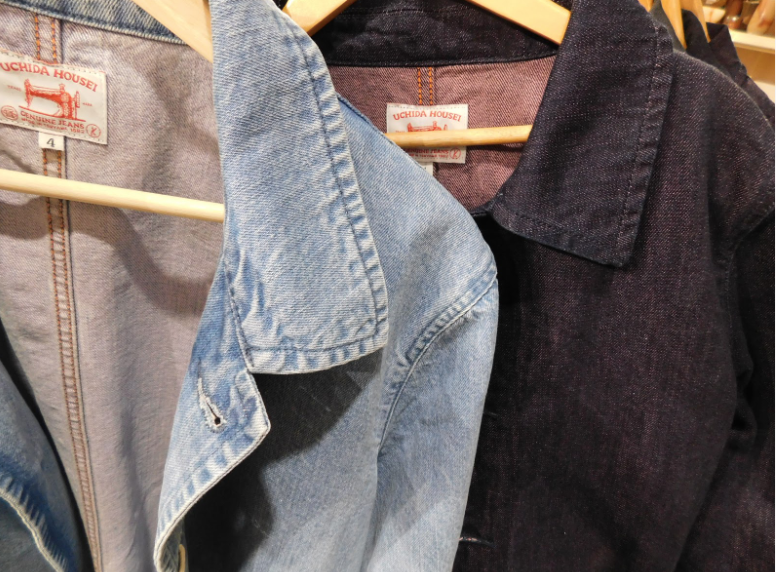
Check out the product lineup at the Tottori Okayama Shimbashikan. On occasions, there is a denim coordinator who can advise you on style.

Tottori Okayama Shimbashikan
Address: Shimbashi Center Place, Shimbashi 1-11-7, Minato Ward, Tokyo
Open: 10 a.m. - 9 p.m., daily
 Take our user survey and make your voice heard.
Take our user survey and make your voice heard.
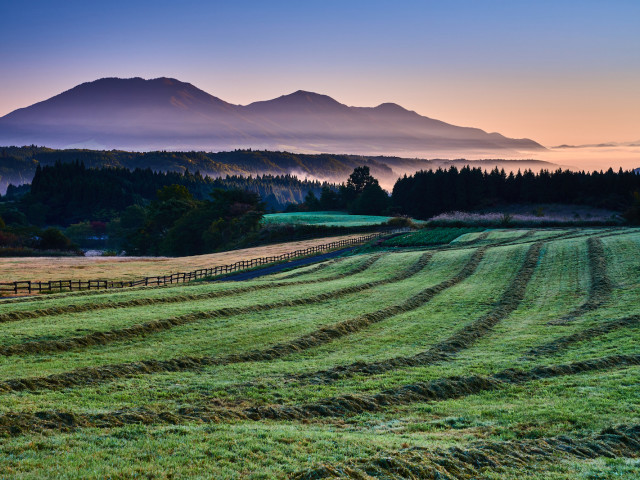












1 Comment
Login to comment
nandakandamanda
Good informative article.